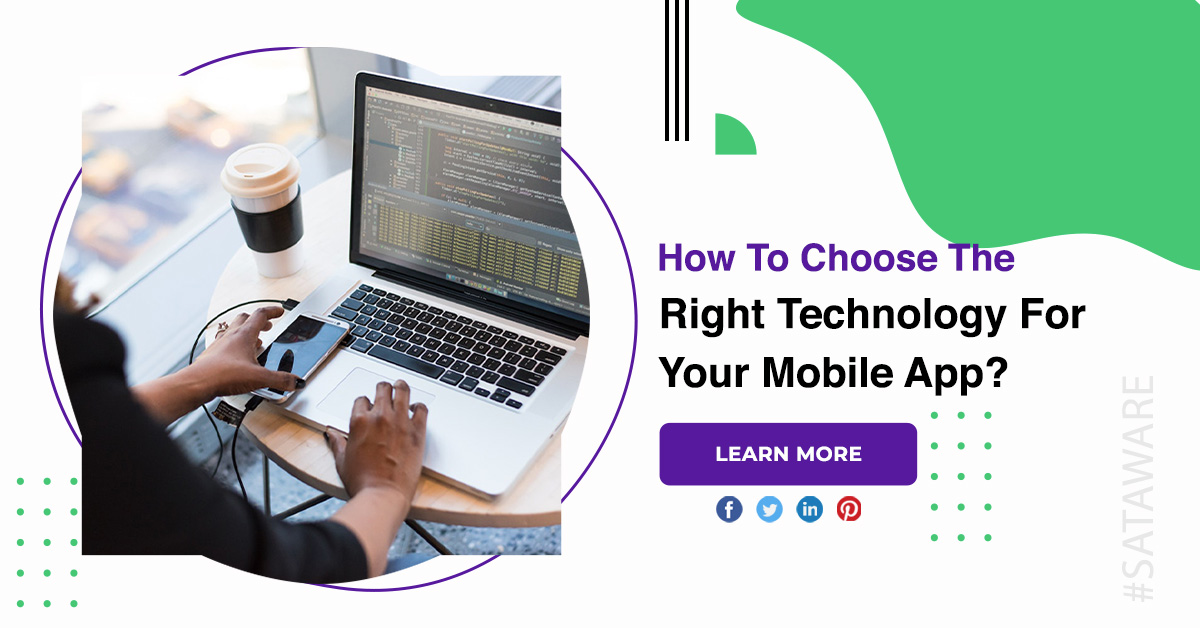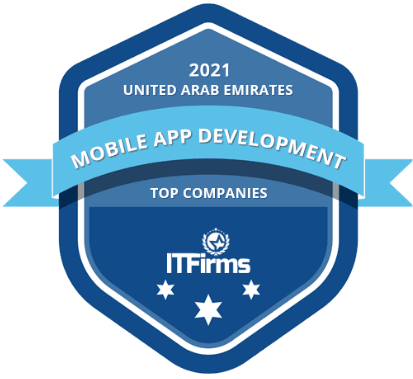How To Choose The Right Technology For Your Mobile App?
The good news is that once you’ve defined your business goals, target audience, and technical requirements, the right approach between native and web apps is usually a clear choice. If you need an app that your salespeople use exclusively on their assigned iPads, you might want to use a native app. If your app is going to have a wide consumer audience, having a web app widely available might make more sense.
Right technology for your mobile app
Tech stack
A technology stack, sometimes called a solution stack, is a combination of technology services, frameworks, and languages that make up the ecosystem of a web application, mobile application, or website. It’s called a stack because one layer of technology can be thought of as layered on top of another.
Front end tech stack
While the front end is what faces the client, it is important to think beyond just the surface level design. The frontend is made up of all the elements that go into that visual representation on the web browser or mobile device, which includes the use of three programming languages.
HTML
The language framework for creating web content. HTML provides the structure for how the website or app will be displayed. HTML is used to support words and images in terms of their position and organization.
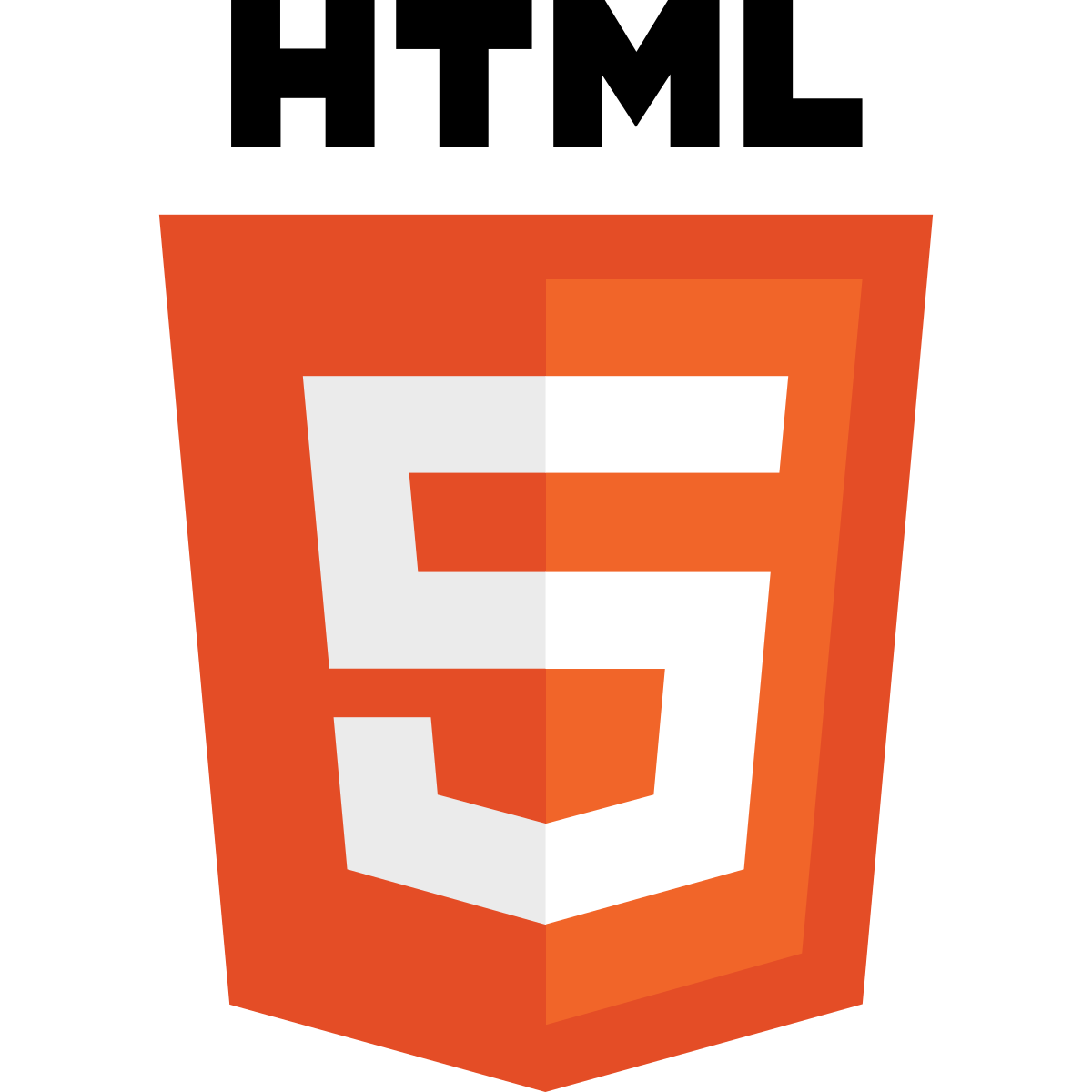
CSS
CSS is a companion to HTML, a language that defines how HTML is styled or presented. CSS is used to support basic style elements such as colors, fonts, layout, and very basic response features.
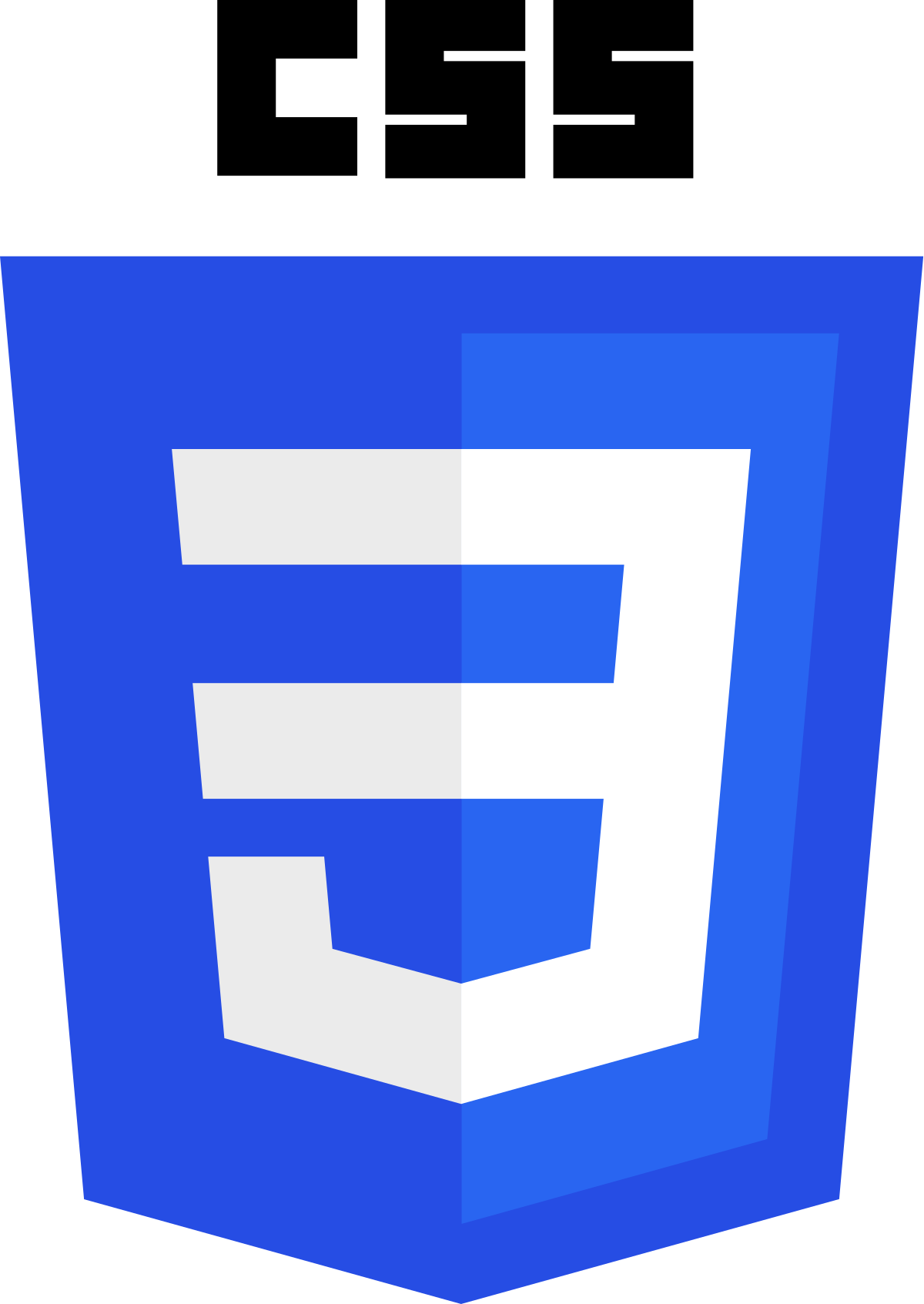
JavaScript
JavaScript is a scripting language that assists the HTML with how the website or app behaves. JavaScript is used to support interactivity, complex features, or complex functions.
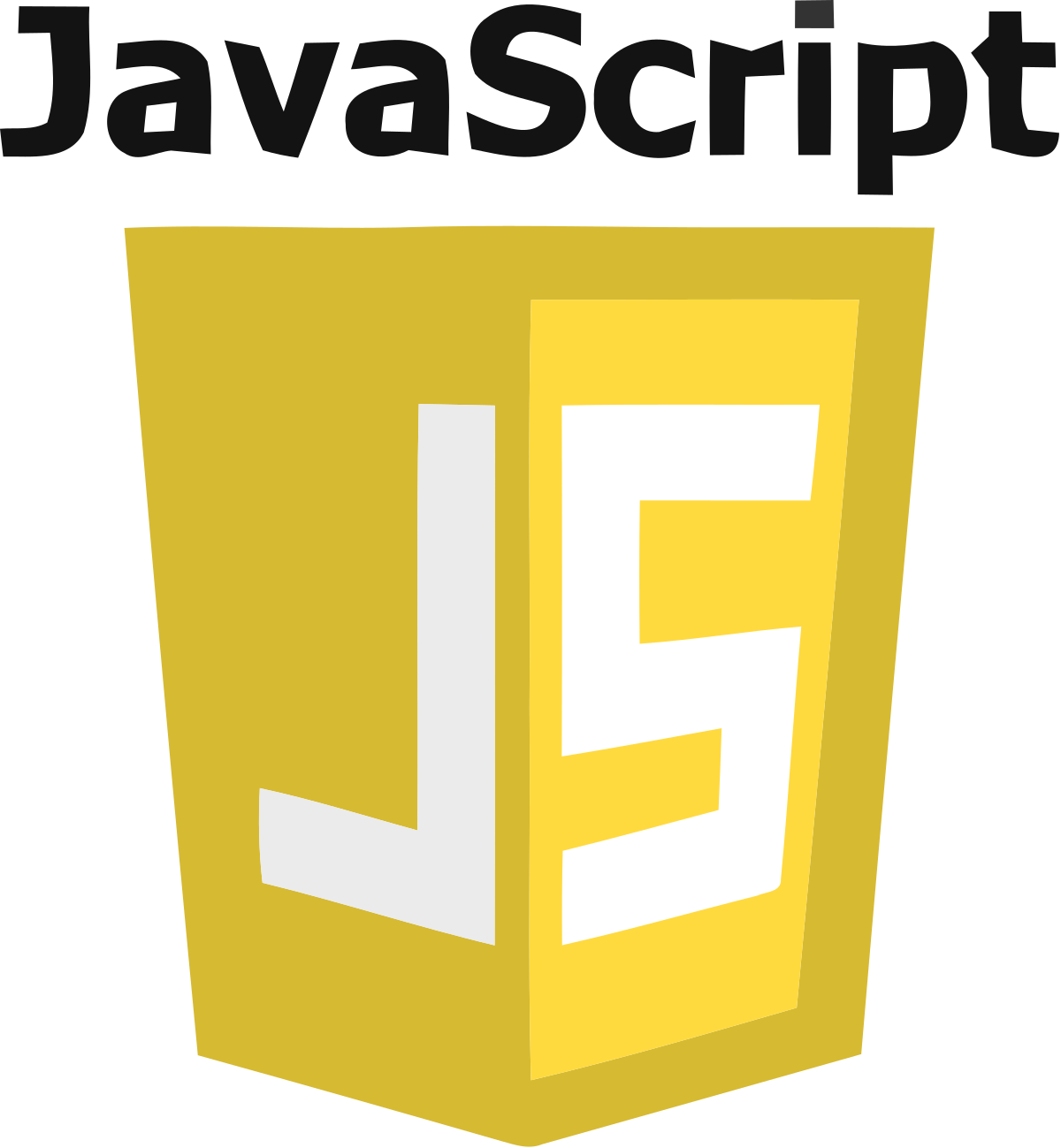
Differences between mobile and web apps tech stacks
A web application can be responsive or non-responsive. There are so many options for your web application technology stack that the choices can be overwhelming. In the mobile app, the user has to download the app to their device. For download, this introduces new technology stack requirements regarding the programming languages, frameworks, and other technologies needed to support a mobile application on the target platform.
Multi-platform multi-channel functionality
Responsive web applications can be viewed in any browser, providing cross platform accessibility at a fraction of the cost and time of native applications. In contrast, mobile apps must be purpose built for each platform or developed using a cross platform approach. Native and cross platform mobile apps benefit from increased performance, offline availability, and can integrate other native device features.
API integration
An API is a protocol for accessing other applications or platforms. For example, many mobile and web applications use social identities through APIs to support logins.
Web application technology stack
Technology sets offer combinations of technologies that work well together in web application development. These combinations have been tested and offer best practices for organizations seeking guidance on which technologies to choose for their mobile application solutions.
LAMP tech stack
LAMP is based on four open-source components
- Linux.
Apache.
MySQL.
LAMP is the backbone of many open-source web applications including WordPress.
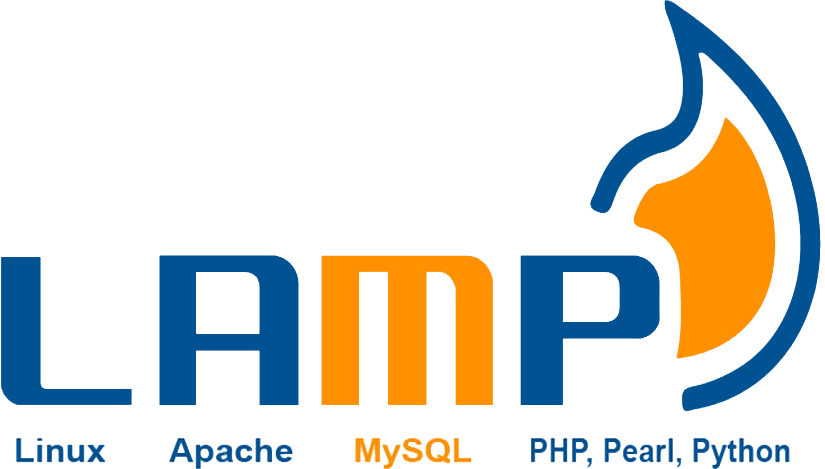
MEAN tech stack
MEAN includes a different set of solutions designed to support dynamic websites and web applications
- MongoDB
- Express.
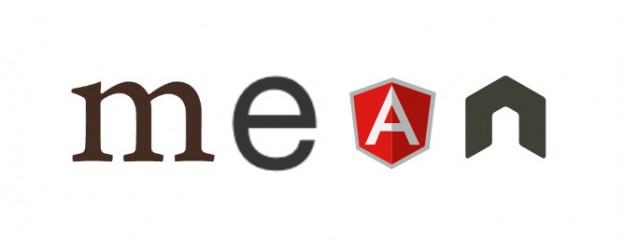
MERN tech stack
The MERN stack is a variation of MEAN that trades in React for a client-side framework, including
• MongoDB.
• Express.
• React.
• Node.
The MERN web application suite is ideally suited for high-end web applications that rely on advanced React UI elements.
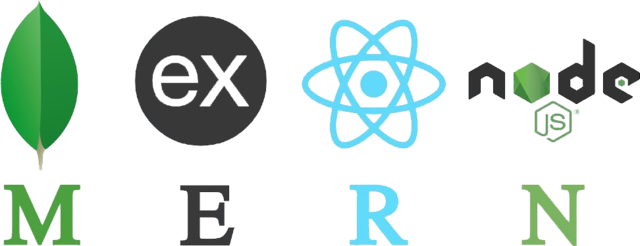
MEVN tech stack
Another variant of MEAN, MEVN swaps in Vue.js for the client framework:
• MongoDB.
• Express.
• Vue.
• Node.
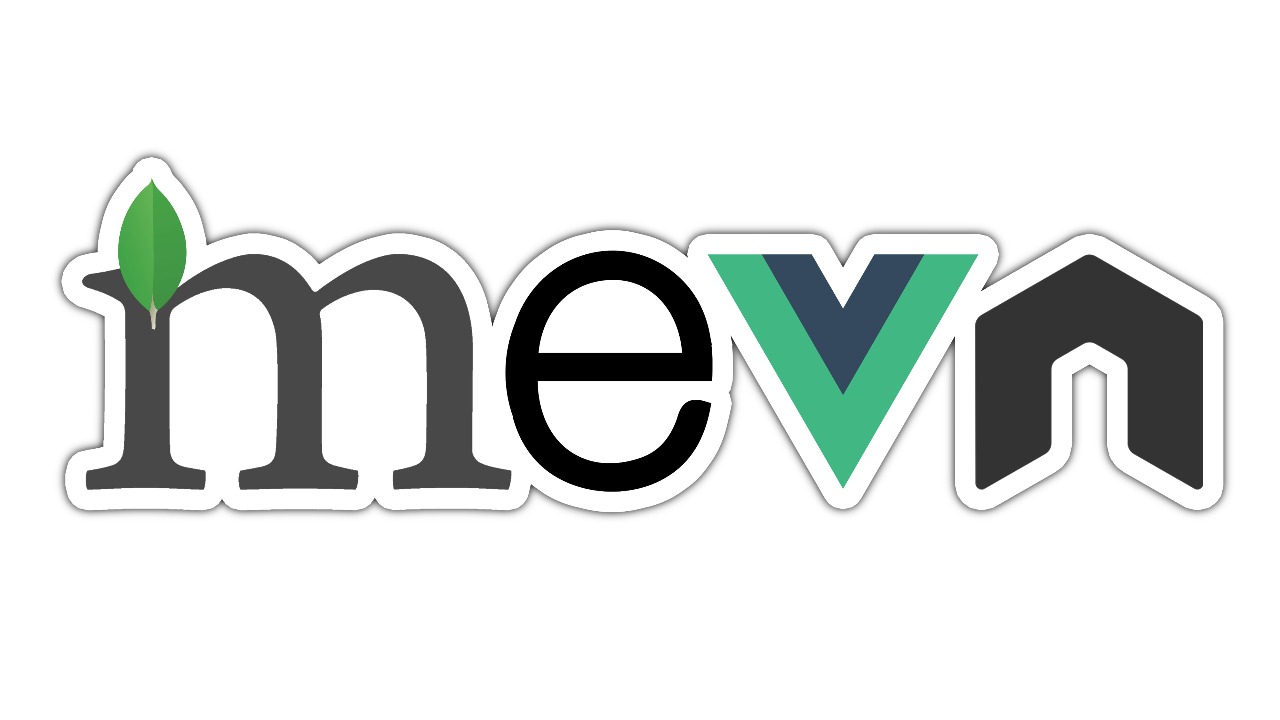
Conclusion
The product development process is a journey that begins with an idea, followed by careful research and builds a technology stack and development process to ensure success. Of course, not every organization has the resources to build and convert every idea into a successful product.
